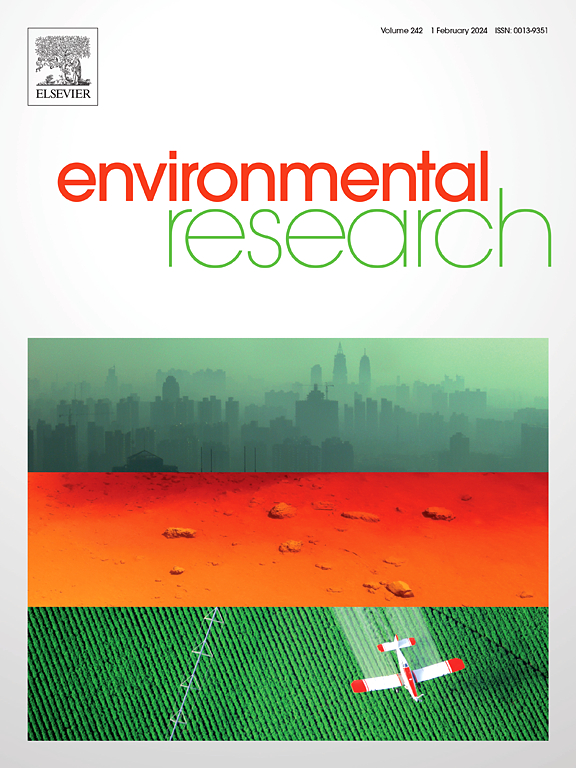Environmental performance of sustainable supersulfated cements based on blast furnace slag: A life cycle study
IF 7.7
2区 环境科学与生态学
Q1 ENVIRONMENTAL SCIENCES
引用次数: 0
Abstract
This study evaluates the environmental, economic, and mechanical performance of supersulfated cements (SSC) made with blast furnace slag (BFS) as a low-carbon alternative to Portland cement (PC). It combines Taguchi optimization and life cycle assessment (LCA) to examine the effects of slag fineness, curing conditions, and BFS allocation methods (mass, economic, and no allocation) on three previously optimized SSC compositions. Two scenarios representing different plant locations, were considered. This study presents three major contribution: (1) a quantified framework for balancing mechanical performance and sustainability, with optimized SSC formulations achieving 28-day compressive strengths ≥32.8 MPa under controlled curing conditions; (2) a comprehensive LCA demonstrating CO2 reductions of at least 89 %, 83 %, and 47 % depending on the allocation method, positioning the SSC as a building material with very low climate impact; and (3) a detailed cost analysis showing up to 73 % savings compared to PC, reinforcing the economic viability of SSC for real-world applications. These findings highlight the SSC role in decarbonizing the construction sector, aligning with Sustainable Development Goals on climate action, circular economy strategies, and resilient infrastructure.
高炉矿渣可持续超硫酸盐水泥的环境性能:生命周期研究。
本研究评估了用高炉矿渣(BFS)制成的过硫酸盐水泥(SSC)作为波特兰水泥(PC)的低碳替代品的环境、经济和机械性能。它结合田口优化和生命周期评估(LCA)来研究矿渣细度、养护条件和BFS分配方法(质量、经济和不分配)对三种先前优化的SSC组成的影响。考虑了代表不同工厂位置的两种场景。该研究提出了三个主要贡献:(1)平衡力学性能和可持续性的量化框架,优化的SSC配方在受控养护条件下实现28天抗压强度≥32.8 MPa;(2)综合LCA表明,根据分配方法,SSC至少减少了89%、83%和47%的二氧化碳,将SSC定位为气候影响极低的建筑材料;(3)详细的成本分析显示,与PC相比,节省高达73%,加强了SSC在实际应用中的经济可行性。这些发现突出了南南合作在建筑行业脱碳方面的作用,与气候行动、循环经济战略和弹性基础设施方面的可持续发展目标保持一致。
本文章由计算机程序翻译,如有差异,请以英文原文为准。
求助全文
约1分钟内获得全文
求助全文
来源期刊

Environmental Research
环境科学-公共卫生、环境卫生与职业卫生
CiteScore
12.60
自引率
8.40%
发文量
2480
审稿时长
4.7 months
期刊介绍:
The Environmental Research journal presents a broad range of interdisciplinary research, focused on addressing worldwide environmental concerns and featuring innovative findings. Our publication strives to explore relevant anthropogenic issues across various environmental sectors, showcasing practical applications in real-life settings.
 求助内容:
求助内容: 应助结果提醒方式:
应助结果提醒方式:


